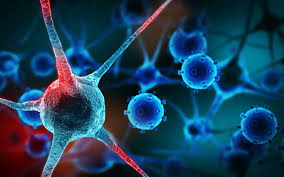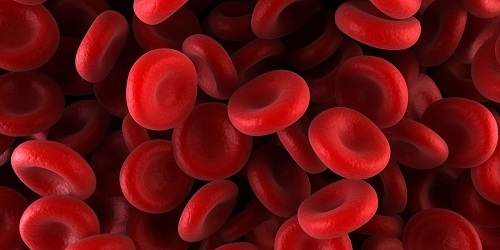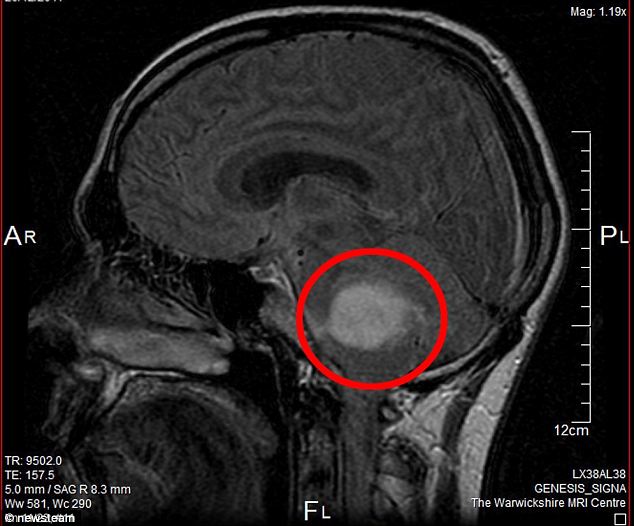In a research, radiation oncologists at Mayo Clinic were able to reduce by 55 percent the number of lymph nodes, critical for removing fluid from the arm, that received damaging radiation doses. The researchers report that integrating single photon emission computed tomography(SPECT) with the computerised tomography(CT) scans utilised for breast cancer radiotherapy planning may offer patients substantial protection against lymphedema, an incurable, chronic swelling of tissue that results from damage to lymph nodes sustained during breast cancer radiation. Lymphedema is a critical concern of breast cancer survivors. According to researchers, while delivering therapeutic doses of radiation to the breast, lymph nodes present under the arm are often irrevocably harmed. Minimising harm to these nodes during breast cancer treatment is the most effective way we have seen to reduce women’s risk of developing lymphedema. The technique the researchers developed to shield lymph nodes from radiation involved merging SPECT scans with the CT images utilised in radiation treatment planning. The researchers found that 65 percent of nodes would have been located within the standard radiation treatment fields if they were not blocked.

Be a part of Elets Collaborative Initiatives. Join Us for Upcoming Events and explore business opportunities. Like us on Facebook , connect with us on LinkedIn and follow us on Twitter , Instagram.












